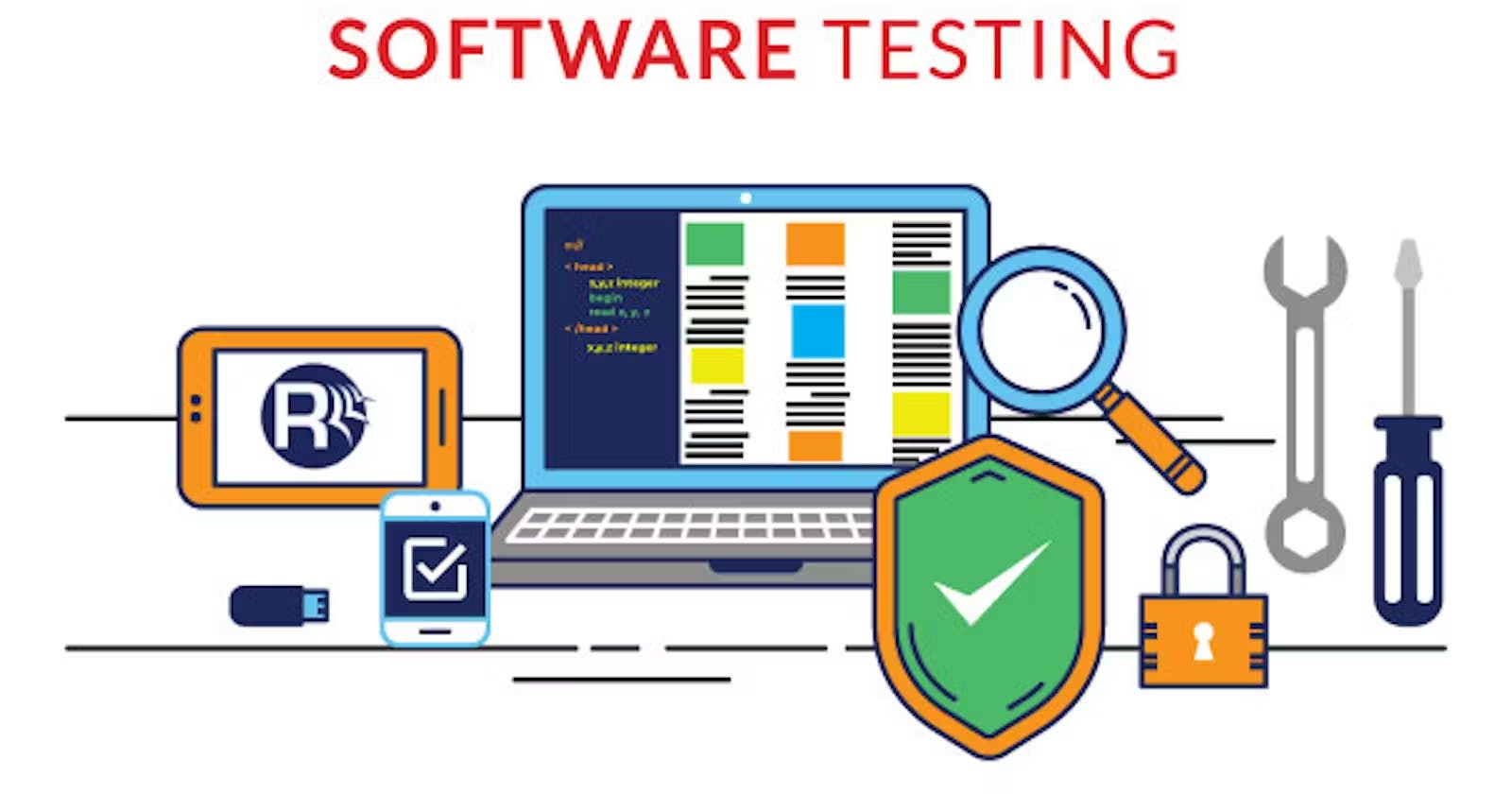Security Testing in software testing is a critical process that assesses a software application's vulnerabilities, weaknesses, and potential security risks. It is designed to identify and mitigate security flaws that could be exploited by malicious attackers. Security testing aims to ensure that the software is robust, resilient, and capable of protecting sensitive data and user privacy.
Here's a detailed explanation of Security Testing:
Key Objectives of Security Testing:
Vulnerability Detection: Identify vulnerabilities and weaknesses in the software that could be exploited by attackers, such as hackers or malicious users.
Data Protection: Ensure the security and confidentiality of sensitive data, such as personal information, financial data, and intellectual property.
Access Control: Verify that the software enforces proper access controls to prevent unauthorized users from accessing privileged functionality or data.
Authentication and Authorization: Test the authentication mechanisms to confirm that users are correctly verified and authorized to perform specific actions within the application.
Secure Communication: Assess the security of data transmission and communication between various components of the application, including secure connections and encryption.
Error Handling: Check how the application handles security-related errors and whether it provides appropriate error messages without revealing sensitive information.
Security Compliance: Ensure that the software complies with relevant security standards, regulations, and best practices, such as OWASP Top Ten, ISO 27001, or NIST guidelines.
Types of Security Testing:
Vulnerability Assessment: Identifies vulnerabilities and weaknesses in the application's code, configuration, and architecture. Common tools include vulnerability scanners and static code analysis tools.
Penetration Testing: Involves ethical hackers attempting to exploit vulnerabilities to determine if unauthorized access or data breaches are possible. It provides a real-world simulation of an attack.
Security Scanning: Automated tools are used to scan the application for known security issues, such as SQL injection, cross-site scripting (XSS), or cross-site request forgery (CSRF).
Authentication Testing: Focuses on testing the authentication mechanisms to ensure they are secure and resistant to common attacks like brute force or credential stuffing.
Authorization Testing: Verifies that users are appropriately authorized to access specific resources or perform actions within the application.
Encryption Testing: Ensures that data is properly encrypted during transmission and storage to prevent eavesdropping or data leakage.
Security Configuration Review: Examines the configuration settings of the application, web servers, and databases to ensure they follow security best practices.
Security Testing Process:
Planning: Define the scope, objectives, and testing goals for security testing. Identify the security standards and regulations that apply.
Threat Modeling: Analyze potential threats and vulnerabilities specific to the application. Identify potential attack vectors and prioritize them based on risk.
Test Case Design: Create test cases that simulate various security scenarios and attacks. This may include SQL injection attempts, XSS attacks, or attempts to bypass authentication.
Test Execution: Execute the test cases and simulate security attacks to assess the application's security posture. Note any vulnerabilities and their severity.
Vulnerability Remediation: Report identified vulnerabilities to the development team for resolution. Security issues should be prioritized and addressed promptly.
Re-testing: After vulnerabilities are fixed, re-test the application to confirm that the issues have been resolved and that new vulnerabilities have not been introduced.
Documentation: Maintain comprehensive documentation of security testing activities, including findings, remediation, and compliance with security standards.
Benefits of Security Testing:
Risk Mitigation: Helps identify and address security vulnerabilities, reducing the risk of security breaches and data leaks.
User Trust: Enhances user trust by ensuring the confidentiality, integrity, and availability of their data.
Compliance: Ensures compliance with security standards and regulations, reducing legal and regulatory risks.
Cost Savings: Identifying and fixing security issues early in the development process is more cost-effective than addressing them after deployment.
Brand Reputation: Protects the organization's reputation by preventing security incidents and data breaches.
Security Testing is a crucial component of software quality assurance, especially in today's digital landscape, where cyber threats are pervasive. Incorporating security testing into the software development lifecycle helps organizations build secure and resilient applications that safeguard both user data and organizational assets.
